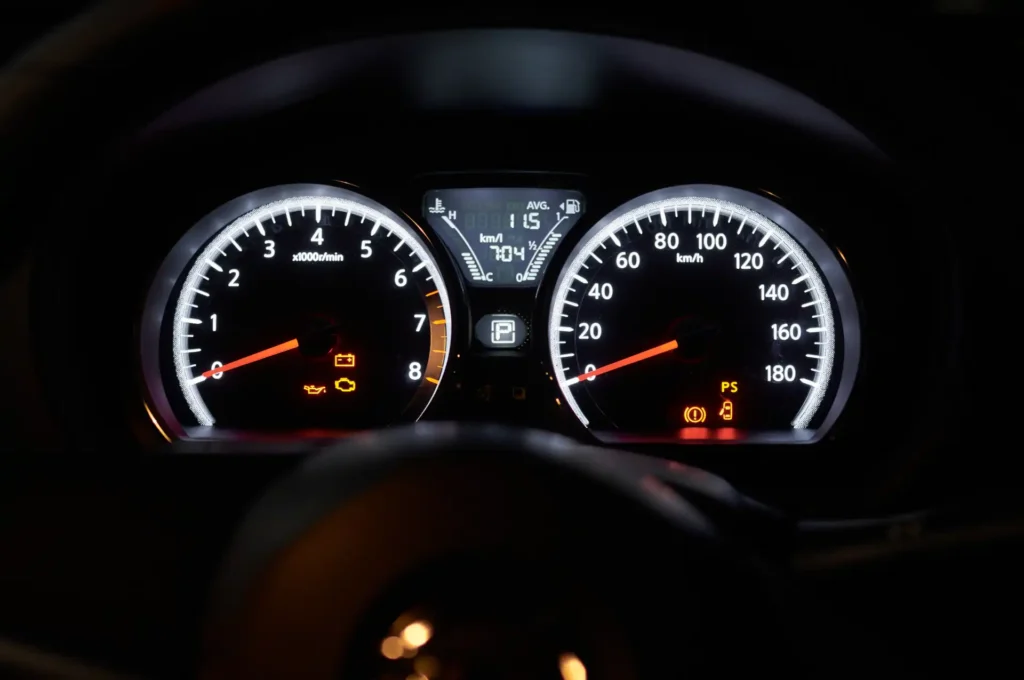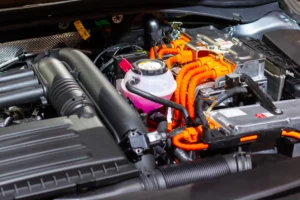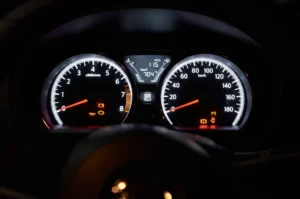In 2008, the automotive industry was undergoing a critical transformation — not just in fuel efficiency or design, but in car safety features in 2008. With rising public awareness and new regulations, manufacturers began prioritizing driver and passenger protection more than ever.
In this article, we take a deep dive into the car safety features in 2008, the major innovations of that era, and how those advancements laid the foundation for today’s highly advanced safety systems.
The Safety Mindset Shift in 2008
By 2008, government mandates and consumer demand had pushed car manufacturers to include safety features that were once considered luxury options. Organizations like the National Highway Traffic Safety Administration (NHTSA) and the Insurance Institute for Highway Safety (IIHS) played a pivotal role by enforcing stricter crash test ratings and highlighting the most crash-worthy vehicles.
🔗 NHTSA Website
🔗 IIHS Vehicle Safety Ratings
Key Car Safety Features Introduced or Standardized in 2008
1. Electronic Stability Control (ESC)
What it does: Helps drivers maintain control during skids or slippery conditions by automatically applying brakes to individual wheels.
2008 Milestone:
ESC became mandatory for all new SUVs and trucks in the U.S., and began rolling out across most car lines as standard or optional equipment.
✅ Impact:
- Reduced fatal single-vehicle crashes by up to 56%
- Became a critical step toward fully automated safety systems
2. Side-Curtain Airbags
What they do: Deploy from the roof lining to protect occupants’ heads during a side-impact collision or rollover.
2008 Status:
By 2008, side-curtain airbags were becoming standard on many mid- to high-end sedans, and optional on economy cars.
✅ Impact:
- Reduced head injury risk in side crashes
- Helped vehicles score higher on IIHS side-impact crash tests
3. Tire Pressure Monitoring System (TPMS)
What it does: Alerts the driver when tire pressure drops below the safe threshold.
2008 Mandate:
All new cars sold in the U.S. after September 1, 2007, were required to have TPMS under the TREAD Act.
✅ Impact:
- Improved fuel efficiency and tire life
- Reduced risk of blowouts and accidents due to underinflated tires
4. Anti-Lock Braking System (ABS)
What it does: Prevents wheels from locking during hard braking, allowing the driver to maintain steering control.
2008 Standardization:
ABS was standard in most passenger cars by 2008, having been first introduced in high-end vehicles during the 1990s.
✅ Impact:
- Enhanced emergency braking control
Often bundled with ESC as part of advanced brake packages
5. Brake Assist
What it does: Detects emergency braking and applies full braking power even if the driver doesn’t press hard enough.
2008 Trend:
While not mandated, Brake Assist became a common inclusion in vehicles with ABS and ESC.
✅ Impact:
- Reduced stopping distances during panic braking
Especially beneficial in urban driving scenarios
6. Daytime Running Lights (DRLs)
What they do: Automatically turn on lights during daylight to improve visibility.
2008 Implementation:
Popular in Europe and Canada, DRLs gained momentum in the U.S., particularly on models from Honda, Toyota, and Volkswagen.
✅ Impact:
- Increased vehicle visibility
Reduced daytime crash rates by up to 11%
7. Advanced Crash Structures (Crumple Zones)
What they do: Absorb and redirect crash energy to protect occupants during collisions.
2008 Focus:
Manufacturers like Volvo and Mercedes-Benz refined their crumple zones and passenger cell structures, influencing the entire industry.
✅ Impact:
- Lowered injury risk in both front- and side-impact crashes
Improved IIHS and NHTSA safety ratings
Most Notable Safe Cars of 2008
Some models stood out in 2008 for their superior safety ratings and cutting-edge protection tech:
- Volvo S80 – known for innovation in crash prevention
- Honda Accord – earned top safety ratings from IIHS
- Subaru Legacy – standard AWD and high crash-test scores
- Toyota Camry – side-curtain airbags and ESC available
- Ford Taurus – solid crash structure and full airbag suite
How These 2008 Innovations Shaped Modern Safety
Many of the features we consider standard today had their roots in 2008. The push for electronic assistance systems and crash protection led directly to innovations like:
- Adaptive cruise control
- Blind-spot monitoring
- Lane departure warning
- Autonomous emergency braking
The groundwork laid in 2008 paved the way for the Advanced Driver Assistance Systems (ADAS) we see in today’s vehicles.
Conclusion: 2008 Was a Pivotal Year for Automotive Safety
Looking back, car safety features in 2008 marked a major turning point in the industry. From ESC to advanced airbag systems, the developments of that year significantly reduced accident fatalities and injuries.
If you’re driving a vehicle from that era or considering a used car from 2008, you’re already benefiting from a suite of safety tech that was ahead of its time. And if you’re comparing it to today’s cars, it’s clear how 2008 set the stage for the intelligent safety systems we now take for granted.



